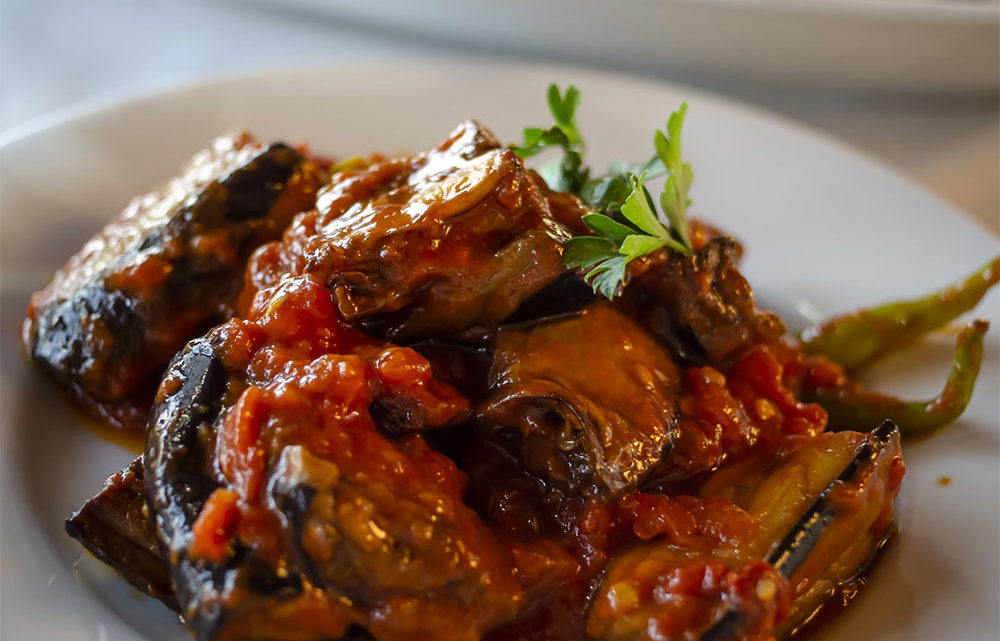
Scottish food specialties to try
Although the reputation of Scottish cuisine is somewhat battered by dated clichés and the insatiable appetite of the locals for fried foods, the country’s products – especially the fish and seafood, but also the beef – are often exceptional. Discover some of Scotland’s traditional foods, both savory and sweet, and you’ll be amazed at the diversity!
Haggis
Haggis is Scotland’s national dish and usually consists of mutton offal, lungs, liver and heart, onions, oats, suet, spices and salt. The whole thing is encased in a sheep’s stomach (nowadays synthetic casing is used) and cooked for a few hours. The haggis is traditionally served with mashed potatoes and mashed turnips (“neeps and tatties”), especially on January 25th, during Burns Night, when the Scots honor their national poet, Robert Burns (who loved haggis and dedicated a poem to it), with their national dish and a good glass of whisky.
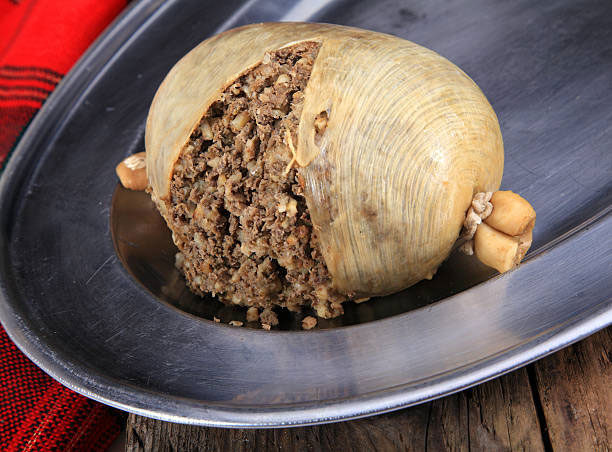
Scottish Salmon
Whether you’re in a supermarket or an upscale restaurant anywhere in the world, you’ll find Scottish salmon. Why? Because it’s simply the best. Thanks to its cold waters and its Lochs, Scotland is one of the main breeding grounds for salmon. Scottish salmon is world famous for its great taste and perfect texture. You can enjoy it smoked, boiled or a la plancha. It’s a treat!
Angus Beef
All meat lovers must try Angus beef. This world famous meat comes from a special breed of cattle, raised in the counties of Angus and Aberdeen, hence its name. Extremely tender, it can be prepared in an infinite number of ways by the best chefs: braised, pan-fried, in carpaccio or in stew, there is something for every taste.
Shetland Lamb
The Shetland archipelago is known for its exceptional lamb. Shetland lamb is smaller than average but has a distinct and unmistakable flavor due to the topographical, geological and climatic conditions of the archipelago. Indeed, most of the land in Shetland is covered with grass and heather, and is swept by salt-laden winds. Almost all the islands are dedicated to sheep grazing. Some flocks even have access to the shoreline and seaweed, as part of their diet, adds an extra touch to their meat. Shetland lamb has been awarded the European Union’s Protected Designation of Origin (PDO).
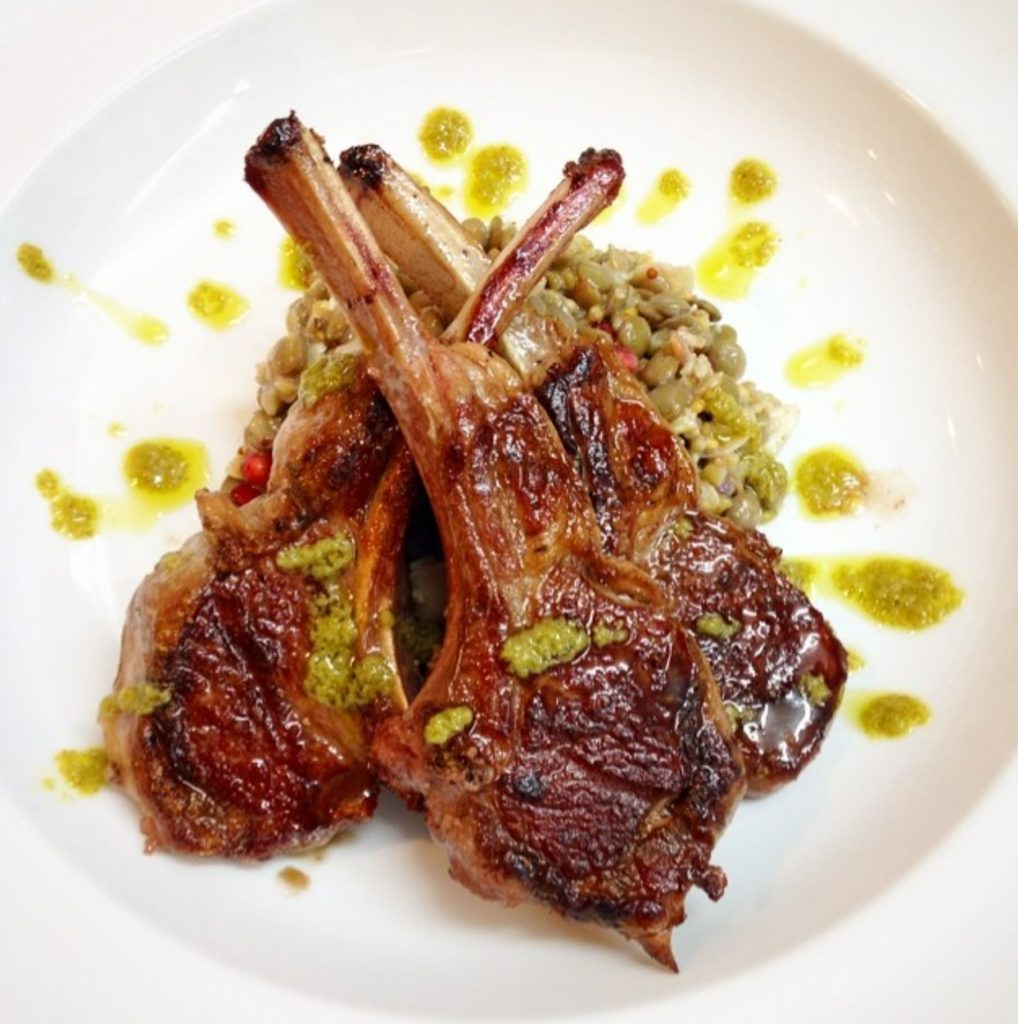
Stovies
The stovies is the dish of the Scottish “worker”. Not very aesthetic but hearty, it is an ideal recipe to keep the body going during the long winter days. It can be described as a stew based on boiled leftover meat with onions and potatoes, also boiled. Leftover vegetables are added, making this dish somewhat unique, as each person creates it with whatever they can get their hands on.
The Scottish breakfast
Known to cure the worst hangovers, the full scottish breakfast is a Sunday morning ritual for party lovers, early diapers and late diapers; some cafes will even serve you this “breakfast” all day. The full Scottish breakfast is almost like a full English breakfast except for the black pudding, Lorne Sausage and tattie scones. If you find tattie scones a bit bland, add some butter, it’s much better. This breakfast is sometimes accompanied by haggis, white pudding, smoked salmon, tomatoes and fried or grilled mushrooms. A great way to start the day!
Black pudding
For those unfamiliar with traditional Scottish cuisine, black pudding tends to be lumped in with haggis. In other words, many wonder how one can eat it? Yet it is a staple of Anglo-Saxon cuisine. It is usually made of meat, blood, fat, barley, and oatmeal and is served hot, pan-fried. You’ll have no trouble getting started and trying it out because every restaurant and pub in Scotland serves black pudding.
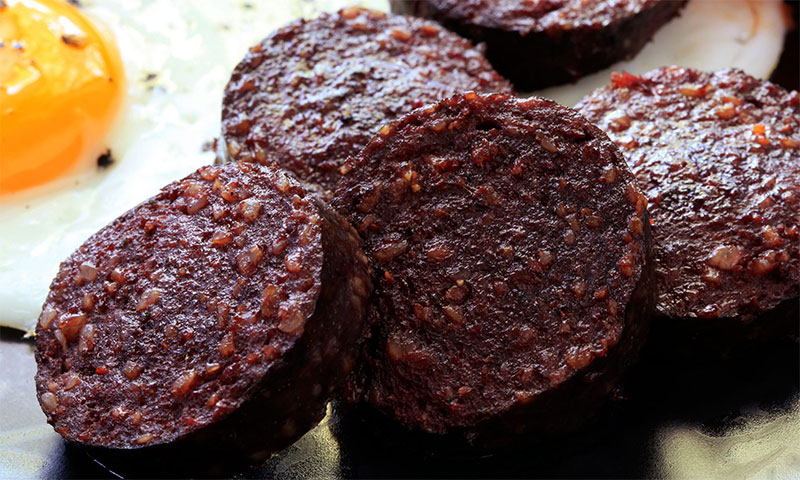
The Cullen Skink
As the name suggests, this traditional and popular soup originated in the town of Cullen on the northeast coast of Scotland. It is prepared with potatoes, onions and smoked haddock and is often served as an appetizer at formal dinners, or as an everyday dish in the northeast. Some variations exist, such as using milk instead of water or adding a simple cream. The fresh toasted bread that accompanies this soup is not optional, it is mandatory!
The Arbroath Smokie
The Arbroath Smokie, haddock smoked with beech wood and then buttered, is a protected dish by the European Union. This means that only haddocks prepared in a very specific and traditional way, and which come from within a radius of 8 km of the small fishing village of Arbroath, will be called “Arbroath Smokies”. It is usually served wrapped in newspaper.
Shortbreads
Shortbread originates from a medieval recipe where leftover bread was left to dry in an oven to make “cookies”. Later, the yeast was replaced by “a lot” of butter to make shortbread. A special feature of shortbread is that the dough does not contain water and can only be rolled out by hand (not with a roller). These delicious cookies are a great accompaniment to tea or coffee. They used to be very expensive and were only served at weddings, Christmas and New Year’s Eve. Today, stores sell them everywhere, in all shapes and sizes.
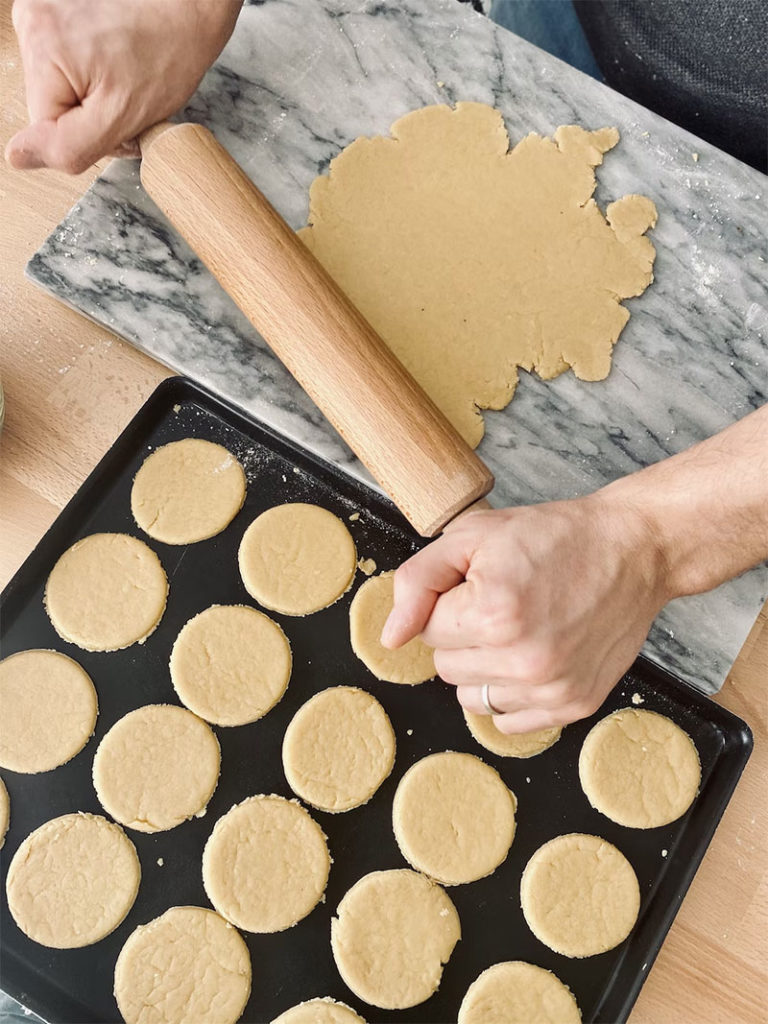
–
Experience World Food is your guide to find your food tour.